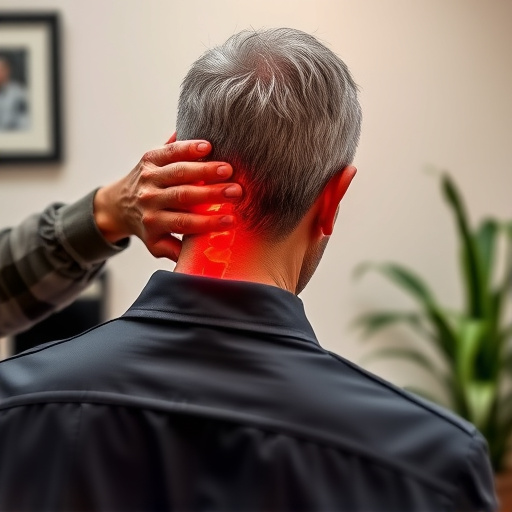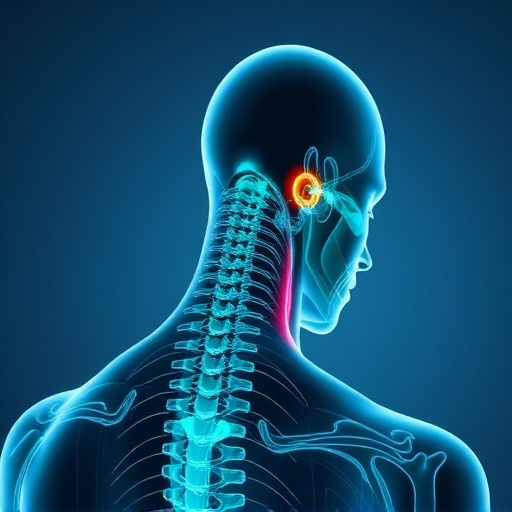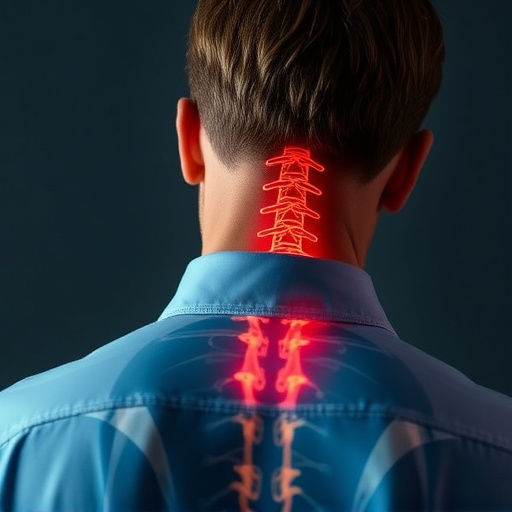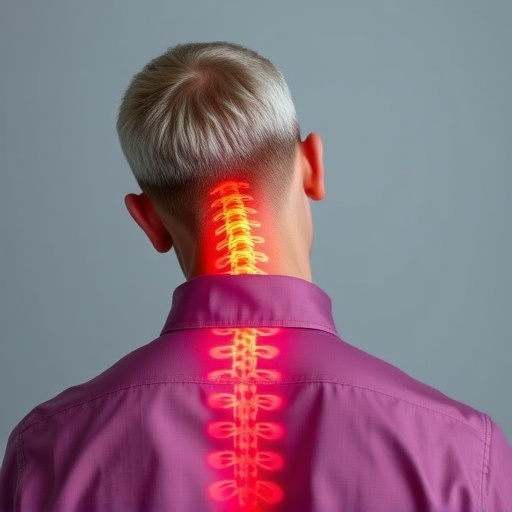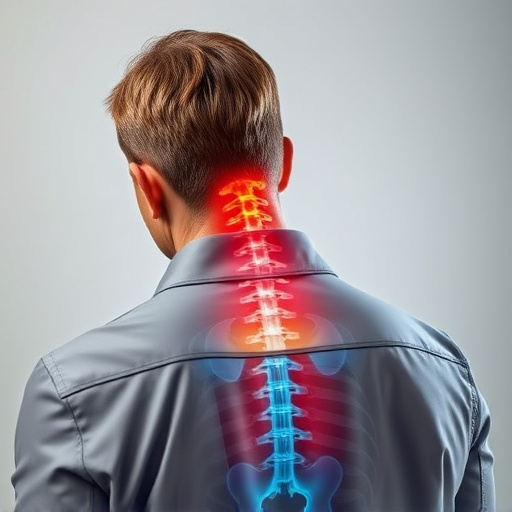Athletes and fitness enthusiasts often experience chronic neck and back pain due to injuries like whiplash, overuse, and poor lifting techniques. Rehabilitation, including physical therapy, targeted exercises, and rest, is crucial for managing and achieving lasting neck and back pain relief. A personalized treatment plan focusing on a holistic approach, combining assessments of physical injuries, lifestyle, and mental well-being, minimizes future injury risk. Exercises like planks and bird dogs, dynamic stretches, foam rolling, and heat/cold therapy provide a comprehensive strategy for effective neck and back pain relief. Rehabilitation also addresses mental health issues, enhancing athletic performance through improved resilience and mental stamina. Consistent rehabilitation has proven successful in overcoming recurring pain, enabling athletes to regain strength, flexibility, and stability, reducing injury risk, and returning to peak performance.
Rehabilitation is an essential component in the journey towards recovery for athletes and fitness enthusiasts, offering a holistic approach to addressing recurring neck and back pain. This article delves into common athletic injuries leading to these persistent aches, highlighting the pivotal role of rehabilitation in both easing and preventing chronic pain. We explore personalized treatment plans tailored to individual needs, effective exercises, mental health benefits, and inspiring success stories, providing valuable insights for optimal neck and back pain relief.
- Understanding Common Athletic Injuries Leading to Neck and Back Pain
- The Role of Rehabilitation in Easing and Preventing Chronic Pain
- Personalized Treatment Plans for Athletes: A Holistic Approach
- Exercises and Techniques for Effective Neck and Back Pain Relief
- Mental Health Benefits of Rehabilitation for Performance Enhancement
- Long-Term Success Stories: Overcoming Challenges with Consistent Rehab
Understanding Common Athletic Injuries Leading to Neck and Back Pain
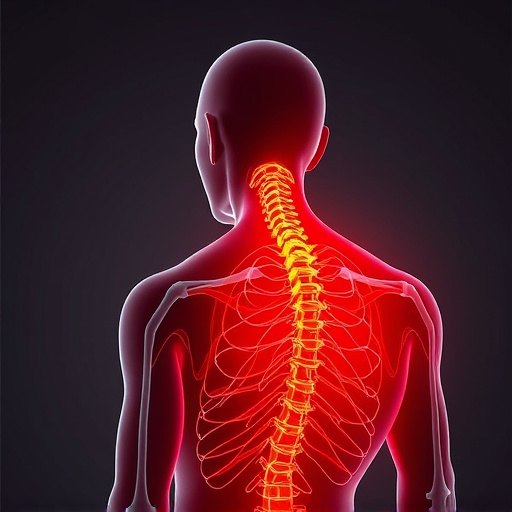
Athletes and fitness enthusiasts are prone to various injuries, many of which can lead to persistent neck and back pain. Understanding these common athletic injuries is crucial for effective rehabilitation and preventing further damage. One of the most frequent causes of neck pain in active individuals is whiplash-related injuries from car accidents or high-impact sports. Overuse and repetitive motions, such as those involved in running, weightlifting, or intense training sessions, can also cause strain on the neck and back muscles, leading to significant discomfort and reduced mobility.
Additionally, improper lifting techniques, poor posture during exercise, or sudden movements can exacerbate these issues. For athletes, the impact of repeated jumping, landing, or twisting can result in muscle strains, ligament sprains, and even herniated discs, causing intense back pain. These injuries often require prompt attention to prevent chronic conditions. Effective rehabilitation strategies, including physical therapy, targeted exercises, and rest, play a vital role in managing and alleviating neck and back pain relief for athletes and fitness enthusiasts.
The Role of Rehabilitation in Easing and Preventing Chronic Pain
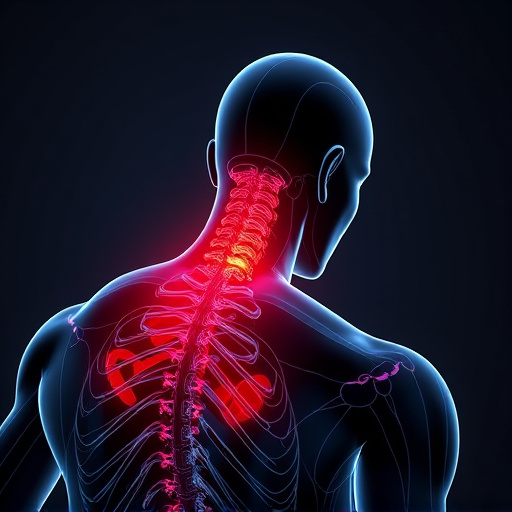
Rehabilitation plays a pivotal role in managing and alleviating chronic neck and back pain, which are common issues among athletes and fitness enthusiasts. It offers a holistic approach to recovery by addressing not just the symptoms but also the underlying causes of pain. Through targeted exercises, manual therapy, and education, rehabilitation programs aim to restore function, improve mobility, and strengthen muscles supporting the spine.
By participating in structured rehabilitation routines, individuals can prevent recurring pain episodes. These programs often include specific stretching and strengthening techniques tailored to the affected area, whether it’s the neck or lower back. Additionally, rehabilitation educates athletes on posture awareness, movement patterns, and injury prevention strategies, empowering them to maintain their physical well-being both during and after intense training sessions.
Personalized Treatment Plans for Athletes: A Holistic Approach

Many athletes and fitness enthusiasts face common challenges like neck and back pain due to rigorous training regimens and high-impact sports. A personalized treatment plan is crucial for effective rehabilitation, focusing on a holistic approach that goes beyond symptom relief. This involves assessing not just the physical injuries but also an individual’s lifestyle, habits, and mental well-being.
Rehabilitation specialists tailor interventions including physical therapy, stretching exercises, and specialized techniques to target specific pain points. By addressing the root causes, these plans enable athletes to regain strength, mobility, and performance levels while minimizing the risk of future injuries. Ultimately, a personalized approach facilitates a smoother transition back to competitive sports or fitness activities, ensuring long-term health and well-being.
Exercises and Techniques for Effective Neck and Back Pain Relief
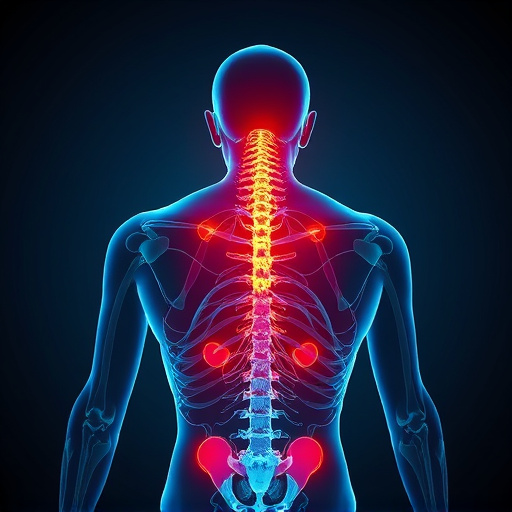
For athletes and fitness enthusiasts, managing neck and back pain is crucial for maintaining performance and enjoyment. Exercises focusing on strengthening core muscles, such as planks and bird dogs, can significantly alleviate strain on the spine. Additionally, dynamic stretching like cat-camel stretches helps improve flexibility and mobility, providing much-needed relief from chronic discomfort.
Beyond exercises, techniques like foam rolling and heat/cold therapy complement rehabilitation efforts. Foam rollers facilitate muscle recovery by breaking down tight knots, while thermal therapies—hot compresses or ice packs—reduce inflammation and numb pain receptors respectively. Combining these methods offers a holistic approach to achieving effective neck and back pain relief for active individuals.
Mental Health Benefits of Rehabilitation for Performance Enhancement
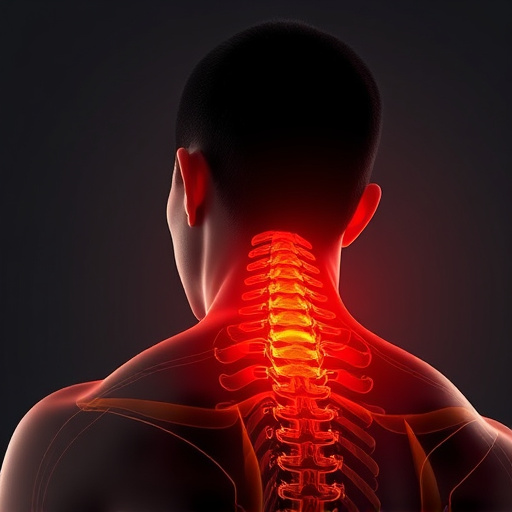
Rehabilitation plays a pivotal role in enhancing athletic performance, often overlooked but equally as important as physical training. Beyond muscle repair and injury prevention, rehabilitation offers profound mental health benefits that can significantly impact athletes’ overall well-being. By incorporating tailored exercises and techniques, such programs address not just physical ailments like neck and back pain relief, but also stress, anxiety, and depression commonly experienced by competitive individuals.
This dual approach to healing fosters a mental fortitude crucial for peak performance. Through structured rehabilitation, athletes learn coping mechanisms to manage the pressures of high-performance sports, improving their resilience and focus. As a result, they can enhance their mental stamina, making them better equipped to handle intense training sessions, competitive events, and the inherent stress that comes with striving for excellence in fitness endeavors.
Long-Term Success Stories: Overcoming Challenges with Consistent Rehab
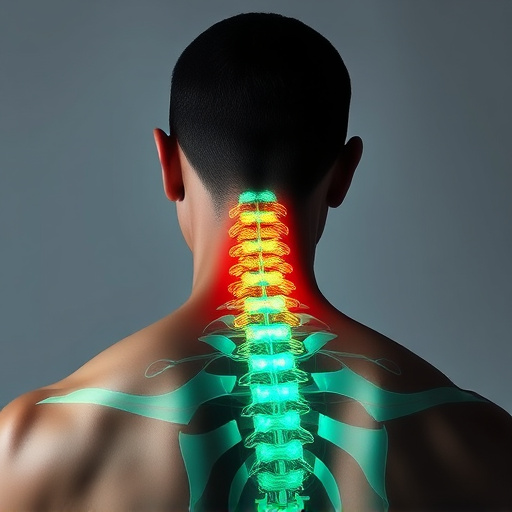
Many athletes and fitness enthusiasts face the challenge of recurring neck and back pain, which can disrupt their training and long-term goals. However, consistent rehabilitation has proven to be a game-changer for many, leading to successful outcomes and a return to peak performance. These success stories highlight the importance of a tailored rehab program that addresses not just the symptoms but also the root causes of the pain.
Through dedicated effort and a structured approach, individuals have overcome significant hurdles, achieving lasting neck and back pain relief. This often involves a combination of physical therapy, targeted exercises, postural corrections, and lifestyle adjustments. By committing to the rehabilitation process, athletes can regain strength, flexibility, and stability, enabling them to return to their beloved sports or fitness routines with renewed confidence and a reduced risk of future injuries.










